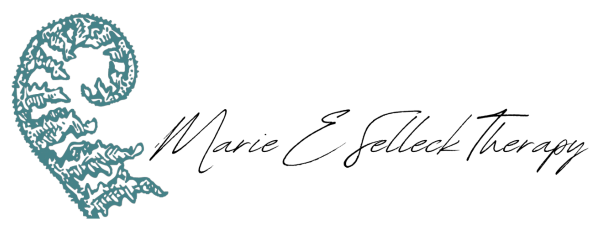What Is Considered Childhood Trauma? Beyond The Obvious
Childhood trauma isn't always what people think. I've seen how these early wounds shape us. Today, I want to cut through the confusion about what childhood trauma actually is.
When most people hear "childhood trauma," they picture obvious abuse. Physical violence. Sexual abuse. Severe neglect. These are indeed serious traumas that can leave lasting scars.
But trauma includes much more than these extreme cases.
Trauma happens when a child feels overwhelmed, unsafe, or powerless. Their developing brain can't process what's happening. Their sense of security gets shattered. This happens in many situations that might surprise you.
Types of Childhood Trauma
Physical Trauma
Getting hit, spanked, or physically punished
Witnessing violence in the home
Medical procedures or serious accidents
Physical neglect (not getting enough food, clean clothes, or proper shelter)
Emotional Trauma
Being constantly criticized or put down
Having unpredictable parents whose moods control the home
Living with shame-based discipline ("What's wrong with you?")
Being ignored or having feelings dismissed ("Stop crying or I'll give you something to cry about")
Emotional neglect (nobody celebrates your achievements or comforts your pain)
Relational Trauma
Parents divorcing without helping you understand
Death of a loved one without proper support
Being bullied at school while adults fail to help
Moving frequently and losing friends
Having a parent with mental illness or addiction
The Hidden Childhood Traumas
Some of the most damaging traumas are the quietest ones. The child who never gets hugged. The student whose learning disability goes unnoticed. The kid who learns to be perfect because making mistakes isn't allowed.
These children often become adults who say, "But my childhood was fine. Nothing bad happened to me."
Yet they struggle with anxiety, people-pleasing, perfectionism, or feeling deeply flawed. Their trauma was real, just hidden.
How Trauma Affects Children
Trauma changes how a child's brain develops. It puts them in constant "survival mode." Their body stays alert for danger, even when there is none.
This can lead to:
Trouble managing emotions
A deep sense of shame or being "bad"
Difficulty trusting others
Problems with focus and learning
Physical symptoms like headaches or stomach problems
As adults, these children might struggle with relationships, self-worth, and mental health.
The Role of Resilience
Not every difficult childhood experience becomes trauma. Some children bounce back from hard times. This ability is called resilience.
What helps build resilience?
Having at least one safe, supportive adult
Developing problem-solving skills
Finding meaning in difficult experiences
Having opportunities to succeed and build confidence
These protective factors can prevent difficult experiences from becoming lasting trauma.
Breaking the Shame Cycle
If you recognize trauma in your own childhood, know this: It wasn't your fault. Children naturally blame themselves for bad things that happen. They think, "If I were better, this wouldn't happen."
This mistaken belief creates deep shame that can last into adulthood.
Breaking free starts with understanding that you were a child who deserved protection. The adults in your life were responsible for keeping you safe and help you learn how to experience your emotions, not the other way around.
Healing is Possible
I've seen countless people heal from childhood trauma through Trauma Therapy. It takes courage to face these old wounds. But with the right support, you can:
Make sense of what happened
Release shame that never belonged to you
Learn new ways to feel safe in your body and relationships
Reclaim parts of yourself that got lost
Trauma may be part of your story, but it doesn't have to define your future.
Understanding childhood trauma helps us recognize our own wounds and become more compassionate with ourselves and others. It's not about blaming parents or the past. It's about healing so we can live more fully in the present.


